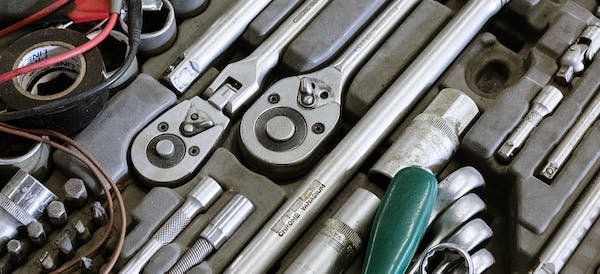In the realm of craftsmanship, the relationship between a professional and their tools is one of symbiosis — a partnership built on trust and reliability. Just as a skilled artisan hones their craft, the conscientious care and maintenance of tools are crucial aspects that contribute to longevity and sustained performance.
Proper tool maintenance begins with the basics: cleanliness. After every use, a diligent professional takes the time to clean their tools thoroughly. This not only preserves the aesthetics but also prevents the accumulation of dirt and debris that could compromise the tool’s functionality. A simple wipe-down and a brush for intricate parts go a long way in maintaining the pristine condition of each instrument.
Regular inspections are another key element of the maintenance routine. A discerning eye can catch early signs of wear, corrosion, or damage. Addressing these issues promptly through repairs or replacements ensures that the tool remains in optimal condition, ready for the next task at hand.
Lubrication is the unsung hero of tool maintenance. Applying lubricants to moving parts minimizes friction, reducing wear and tear. This practice not only enhances the tool’s performance but also contributes to a quieter, smoother operation, indicative of a well-maintained instrument.
Sharpening and calibration are particularly relevant for cutting tools. Keeping blades sharp not only enhances their cutting efficiency but also reduces the risk of accidents caused by dull edges. Similarly, ensuring that measuring tools are accurately calibrated is essential for precision work, preventing inaccuracies that could compromise the quality of the final product.
Storage plays a crucial role in the longevity of tools. A clean, organized workspace, along with proper storage solutions, protects tools from environmental factors that could lead to rust or corrosion. Hanging tools on designated racks or placing them in protective cases prevents unnecessary wear and damage.
For power tools, attention to electrical components is paramount. Regular checks on cords, plugs, and switches contribute to both safety and performance. Any signs of fraying or damage should be addressed immediately to prevent potential hazards.
Lastly, education is a cornerstone of effective tool maintenance. Professionals should familiarize themselves with the manufacturer’s guidelines and recommendations for each tool in their arsenal. Understanding the intricacies of a tool not only ensures proper usage but also facilitates proactive maintenance measures.
In conclusion, the commitment to proper tool maintenance is an investment in the longevity and performance of an artisan’s most trusted companions. Through regular care, vigilant inspections, and a keen understanding of each tool’s unique requirements, professionals pave the way for a lasting and productive partnership with their tools.






